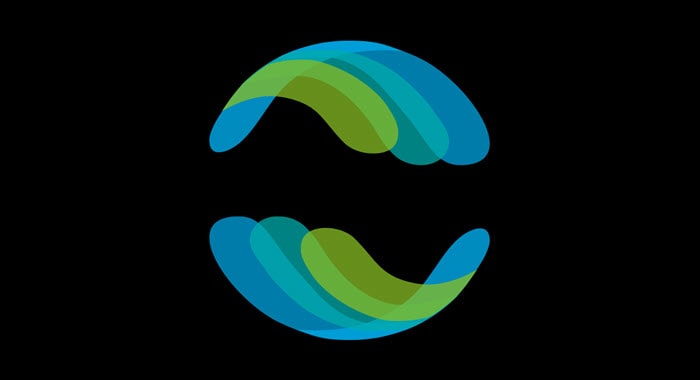Perspectives

Workforce strategies for post COVID-19 recovery
The bridge from responding to the crisis to preparing to thrive in a new normal
Insights for organizations moving beyond responding to the immediate crisis, towards strategies for accelerating recovery
Workforce priority shifts for COVID-19 recovery
Most organizations’ first priority has been crisis response and emphasizing health, safety, essential services, and the virtualization of work and education. Now, as organizations begin to emerge from this response phase, leaders are focusing on the next set of workforce challenges as they plan for the recovery.
We see three phases that all resilient leaders will likely face amid the COVID-19 outbreak:
- Respond: How an organization deals with the present situation and manages continuity
- Recover: How an organization learns and emerges stronger
- Thrive: How an organization prepares for and shapes for the “new normal”
The recovery process adopted by each organization will serve as a bridge between the response—how it dealt with the immediate demands of the crisis—and what its future will look like—the new normal. The biggest challenge organizations will likely face in recovery is the tension between preparing for a return to work—while also embracing a new reality—rethinking work.
Five critical workforce actions to navigate the shift from response to recovery
Business leaders should begin the recovery process with a sense of priorities and direction for the future. We believe, as detailed in Deloitte’s upcoming 2020 Global Human Capital Trends, those should start with organizational purpose, potential, and perspective:
- Purpose—integrating the wellbeing and contributions of individuals in the organization’s mission and work
- Potential—for what can be achieved by individuals and teams, and
- Perspective—with a focus on moving boldly into the future.
These guideposts, along with the following five critical actions, will help organizations navigate these workforce-related strategies in the shift from response to recovery.
- Reflect on what has worked, what has been learned, and what has been missed in the response—bringing in different perspectives and voices
- Recommit to workforce wellbeing and purpose through a focus on physical, psychological, and financial concerns—at home and in the workplace
- Re-engage and redeploy the workforce to maximize their contribution and potential for rapidly evolving organizational priorities
- Rethink work, workforce, and workplaces to leverage experiences of the COVID-19 response and the opportunity to accelerate the future of work
- Reboot and realign the HR function and people operations with the most pressing business and workforce priorities and pivoting towards exponential HR
These actions can help organizations bridge the crisis response to the new normal by laying the foundation to thrive in the aftermath of the crisis.
Create a strategic path forward
The recovery from the COVID-19 pandemic, given the human dimension of urgent workforce challenges and the uncertainties facing business leaders, requires workforce strategies which focus on both short-term recovery priority actions—reflect, recommit, re-engage, rethink, and reboot—and reaching for the future and a new normal—integrating the attributes of purpose, potential, and perspective.
Explore Deloitte’s perspective to dive into these actions to create a strategic path forward.
You can also refer to our companion piece, a workforce strategies workbook. The workbook provides a framework to help HR leaders plan for what they need now to maintain business continuity, while anticipating future demands.
Short-term actions—and a long-term vision—present organizations with an opportunity to rapidly assess and evaluate their earlier workforce strategies and response priorities, and to reposition themselves to thrive in the new realties to come.
Recommendations
Navigating the now: How HR leaders are responding to COVID-19
How can organizations work effectively during these unprecedented times?




